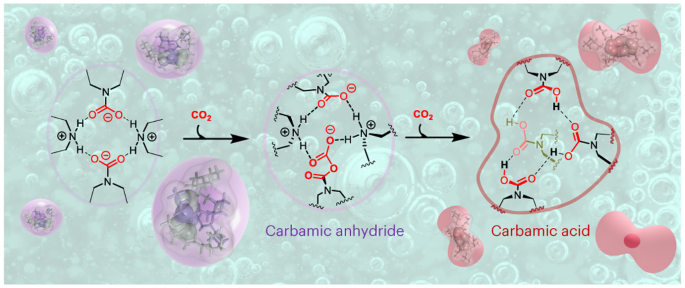2024-05-29 ノースカロライナ州立大学(NCState)
<関連情報>
- https://news.ncsu.edu/2024/05/stiff-thermal-insulation-materials/
- https://pubs.acs.org/doi/full/10.1021/acsnano.3c12172
二次元ハイブリッド金属ハロゲン化物ペロブスカイトにおける熱伝導率と弾性率の異常な相関性 Anomalous Correlation between Thermal Conductivity and Elastic Modulus in Two-Dimensional Hybrid Metal Halide Perovskites
Ankit Negi, Liang Yan, Cong Yang, Yeonju Yu, Doyun Kim, Subhrangsu Mukherjee, Andrew H. Comstock, Saqlain Raza, Ziqi Wang, Dali Sun, Harald Ade, Qing Tu, Wei You, and Jun Liu
ACS Nano Published:May 24, 2024
DOI:https://doi.org/10.1021/acsnano.3c12172
Abstract

Device-level implementation of soft materials for energy conversion and thermal management demands a comprehensive understanding of their thermal conductivity and elastic modulus to mitigate thermo-mechanical challenges and ensure long-term stability. Thermal conductivity and elastic modulus are usually positively correlated in soft materials, such as amorphous macromolecules, which poses a challenge to discover materials that are either soft and thermally conductive or hard and thermally insulative. Here, we show anomalous correlations of thermal conductivity and elastic modulus in two-dimensional (2D) hybrid organic–inorganic perovskites (HOIP) by engineering the molecular interactions between organic cations. By replacing conventional alkyl–alkyl and aryl–aryl type organic interactions with mixed alkyl–aryl interactions, we observe an enhancement in elastic modulus with a reduction in thermal conductivity. This anomalous dependence provides a route to engineer thermal conductivity and elastic modulus independently and a guideline to search for better thermal management materials. Further, introducing chirality into the organic cation induces a molecular packing that leads to the same thermal conductivity and elastic modulus regardless of the composition across all half-chiral 2D HOIPs. This finding provides substantial leeway for further investigations in chiral 2D HOIPs to tune optoelectronic properties without compromising thermal and mechanical stability.



